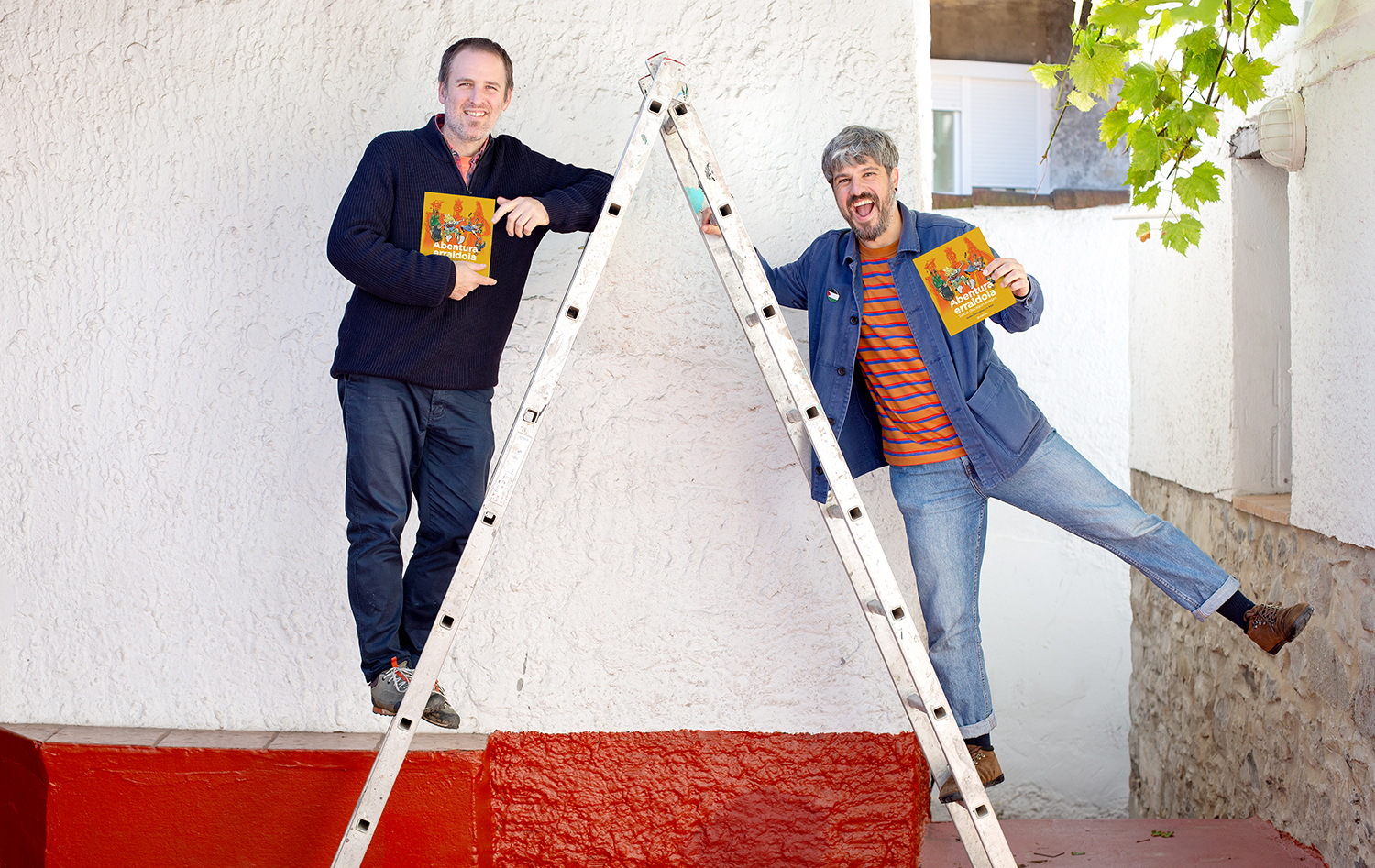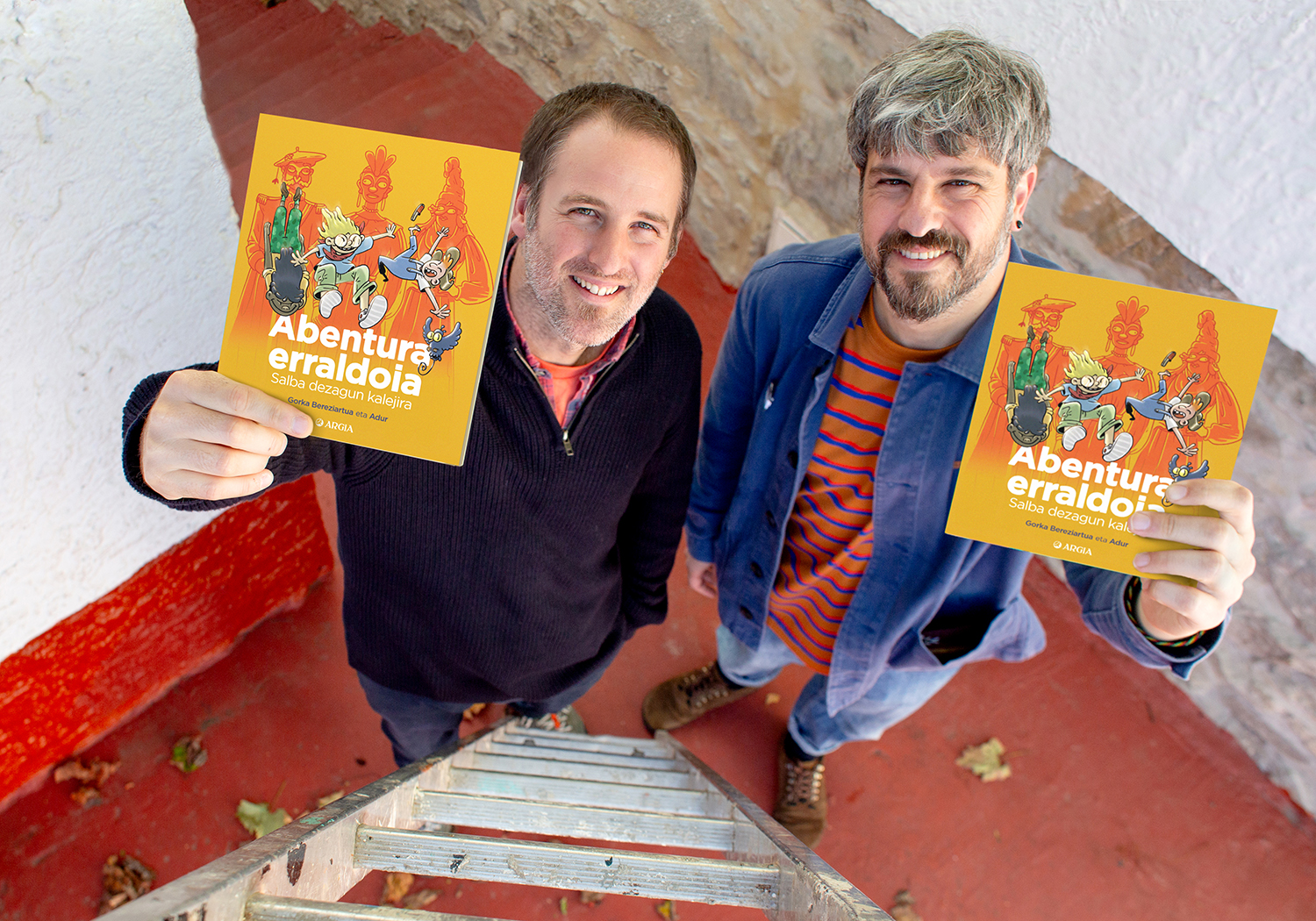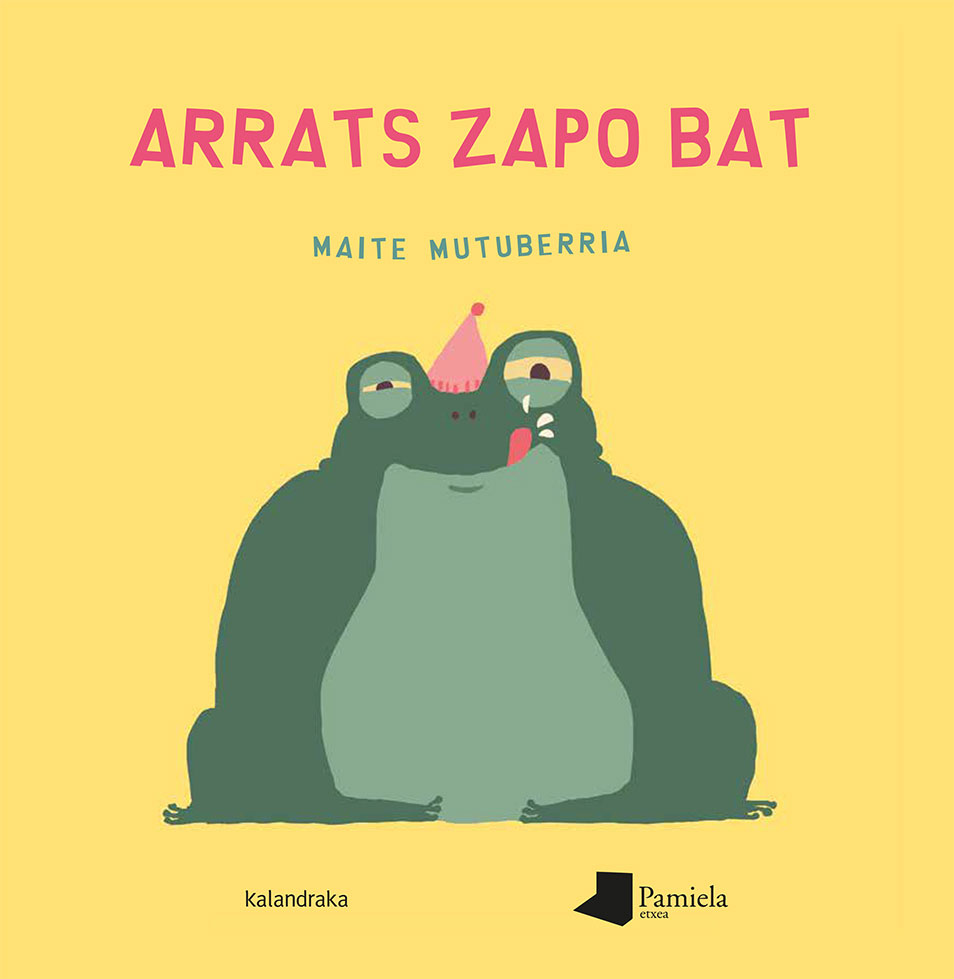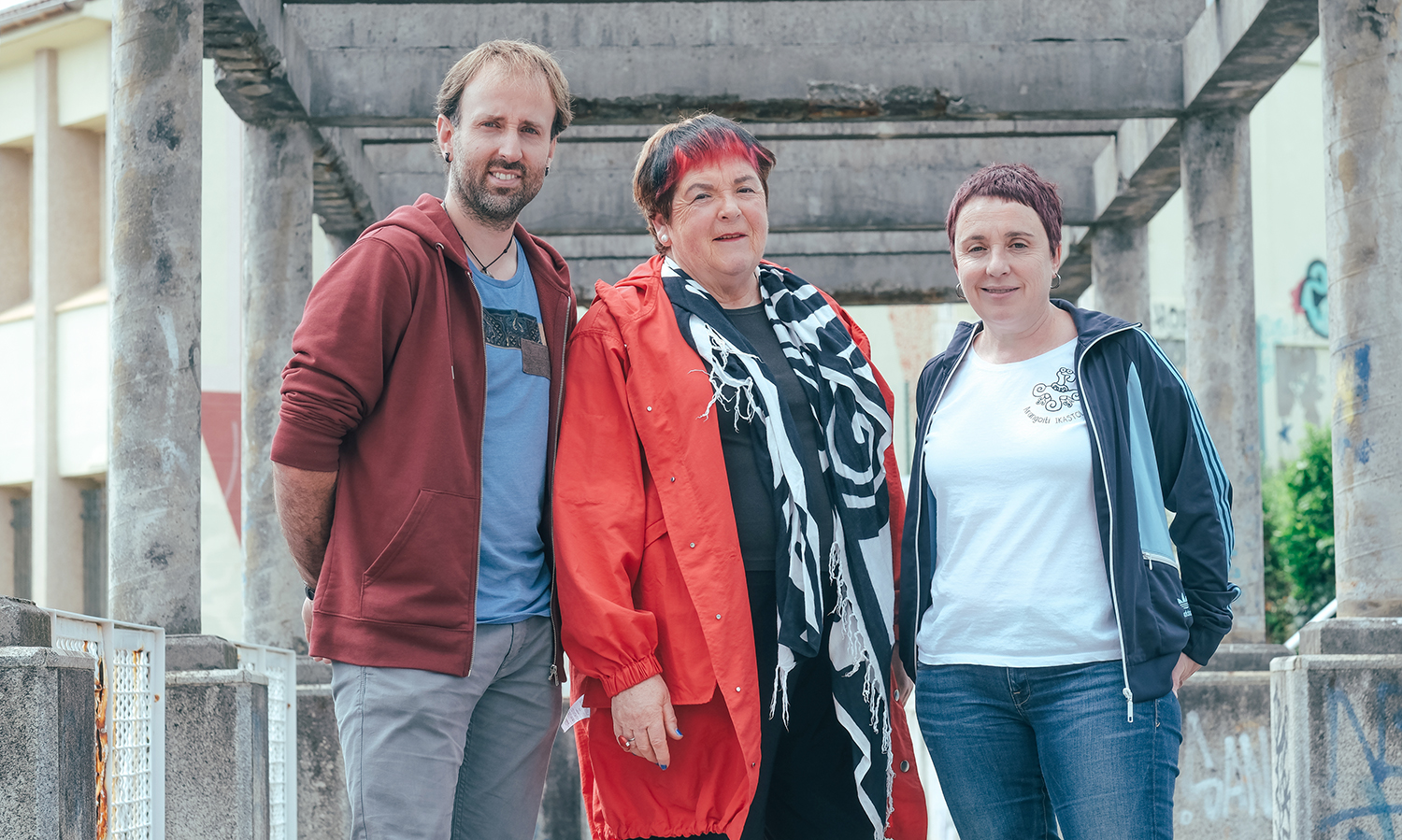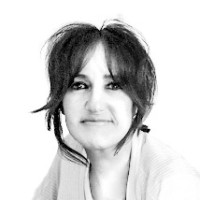"What the story reads to the child is a word and a word, but the mediator has to train him to listen."
- The Galtzagorri Association has organized a course to improve the place of literary reading in schools and to train mediating educators in children and youth literature. We asked Miriam Luki of Galtzagorri about the keys to literary education and the formula to awaken the passion for reading.

One of the objectives of the course is to improve the reading space in schools and ask Miriam Luki if they detect deficiencies in this regard. “Yes, and proof of this is that many school libraries have disappeared or passed from Early Childhood Education to Primary Education and books disappear in many classrooms. We take travelling libraries to small schools. There are more factors, like teachers often don’t have time.”
"It's significant that many school libraries have disappeared or passed from Kindergarten to Elementary and books disappear in many classrooms."
Another objective of the course is to train teachers, but in general creators, illustrators, storytellers, parents, librarians (“how to locate books is very important, for example”) who revolve around children and youth literature, because children and youth literature has a distinguishing feature: the child needs a mediator between him and the book. “A lot has been said about reading fondness, but we are moving a step forward and today we are talking about literary education. Literary education is a broader concept that takes into account all the characteristics of the book, such as size (the book that tells the story of stairs, why is it a long square? ). Literary education refers to screening, because it helps to establish criteria, and being the most published field in literature aimed at children and young people, it is important to know between quality works and without it. To do this, we provide keys in the course. Literary education is also linked to verbal and image literacy, because we believe that boys and girls are accustomed to displays with advanced visual literacy, but they have a surplus image, a surplus image that passes very quickly through the screen, and it is necessary to spend time reading images well on many occasions, considering that illustration has gained a great weight in children’s and youth literature, that words and images feed back.”
“In the count there may be a time to step back”
“We tend to represent the mediator with words and words, telling the story to the child in detail, but it should also be trained in listening to the mediators, receiving from the child, asking and listening to what reading and images suggest to the child. In the story there may be a moment, a step backwards to listen to the child, to see what he says.”
"Writing and reading are united and pulling creativity can be a good hook to awaken the passion for reading, because we are used to saying ‘read, read’ and less say ‘write’".
Finally, as could not be otherwise, we asked Galtzagorri's colleague about the magic formula: How do we foster a passion for reading? “I don’t know, and I would say that nobody knows, but in the course Mariasun Landa makes a very strong claim: instead of asking children and young people to read and write, write or create a story, because reading what he has created in front of the class or what the colleague has written takes another dimension… Writing and reading are united and throwing away creativity can be a good grandmother to read and read.
Course divided into five blocks
The course will begin on January 11 at the Faculty of Education and Sport of Vitoria-Gasteiz and will consist of five blocks: Children and Youth Literature: introduction, definition, history and current situation (teachers: Xabier Etxaniz Arle, Garazi Arrula, Juan Carlos Alonso), Literary reading contexts: reading in bilingual society and place of reading in the school center (Paula Kasares, Ibon Egaña, Mikel Ayerbe), Oral genres: poetry and theater (Yolanda Arrieta, Juan Kruz Nebigerabide, Illustration
The pre-registration period will be open until December 2 and you will find the registration information in this link.
Saran egingo da urriaren 11 eta 12an, eta aurtengoa laugarren edizioa izango da.
-It was an ordinary afternoon. For anglerfish.” This evening is what Maite Mutuberria tells us in this album. The book has very few texts and the images tell us very well the development of history.
From the beginning we can see in the illustrations a large and quiet... [+]
The one who approaches this book, first of all, will be with G. It meets the images of Mabire. They are comic style images, very accurate strokes and celestial experiences that help to easily interpret characters and situations. These images coincide with the text, which is... [+]
Human beings are so many narrative stories that the narrative capacity that you can say is one of the characteristics that makes us human. We need stories to build ourselves and reality, with special emphasis on the function of classic stories, or on the particular but timeless... [+]
On Sunday morning we read a story by Tolstoi, reading, in Basque: “How much land does a man need?” And he knows the drawings of Elena Odriozola because he saw them in the adventures of Gulliver, he enjoys the thread of the Tales. Then he gets into discotheque, often, and... [+]
When our son started reading at school, we looked for books of his age. The French Sami et Julie font des crêpes (“Samik and Julie fabrican matahamis”), E. Massonaud and T. Bontéren's work. As soon as we read the title and know the back cover (“a short, ridiculous and... [+]










